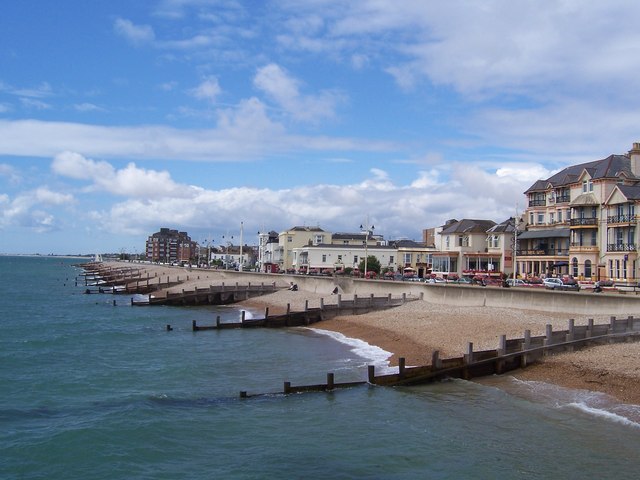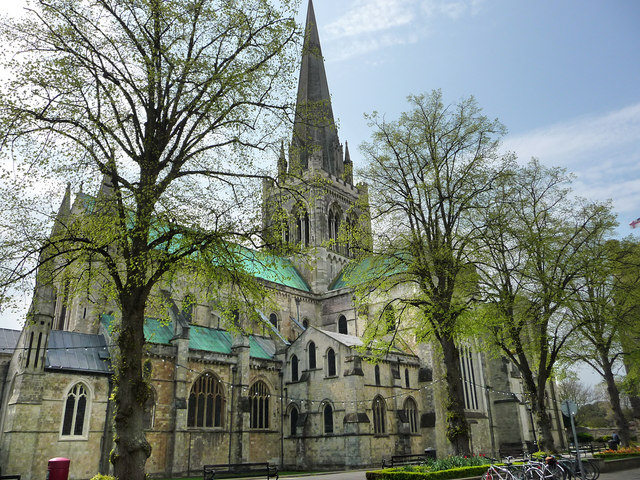Bognor Regis is one of those “traditional English seaside resorts” with an image problem. People will say things like “Money’s a bit tight, this year’s holiday will have to be a week in Bognor”. As early as the reign of King George V, the monarch was alleged to have uttered the words “Bugger Bognor” when it was suggested that he might convalesce in the town and that he might like to approve the Regis suffix in recognition of this fact (the suffix was granted anyway). There are claims doing the rounds that the words "Bugger Bognor" were the King's last, but this has been proven to be incorrect. More recently, in 2008, the then Mayor of London, Boris Johnson, writing in the Telegraph, reiterated this expletive when announcing that he would not be holidaying in towns such as Bognor that year, prompting the head of Arun Council, which encompasses Bognor Regis, to challenge him to visit the town to see what a wonderful place it is, and to issue a grovelling apology. At least Bognor was not singled out: Boris managed to insult Eastbourne and Skegness in the same article.
I have only visited the town once, as a child holidaying nearby with my parents, and there was enough to satisfy my simple childlike needs:
pier, ice cream, amusements etc. A quick search for 'Bognor Regis' in Google Books unearthed a book from 2008 called “Where To Retire In Britain”, which probably says a lot about the town. It is the sort of sedate seaside retreat favoured by the older generation, while still providing plenty of amusement for families. As well as the pier, fairground rides and so on there is
Hotham Park with its Miniature Railway. The town’s tourist website claims that it is the sunshine capital of the country, having the greatest number of hours of sunshine per year. Added to which there are a host of events, including the International Bognor Birdman, in which the competitors, many of them in comedy costumes, fling themselves off the end of the pier to see who can remain airborne for the longest. Other events include the annual
Folk Festival. So I say “Bugger Boris”, and let’s hear it for Bognor!
For events in Bognor see
here.
Live streaming webcam view of the beach.
Map of the area.








